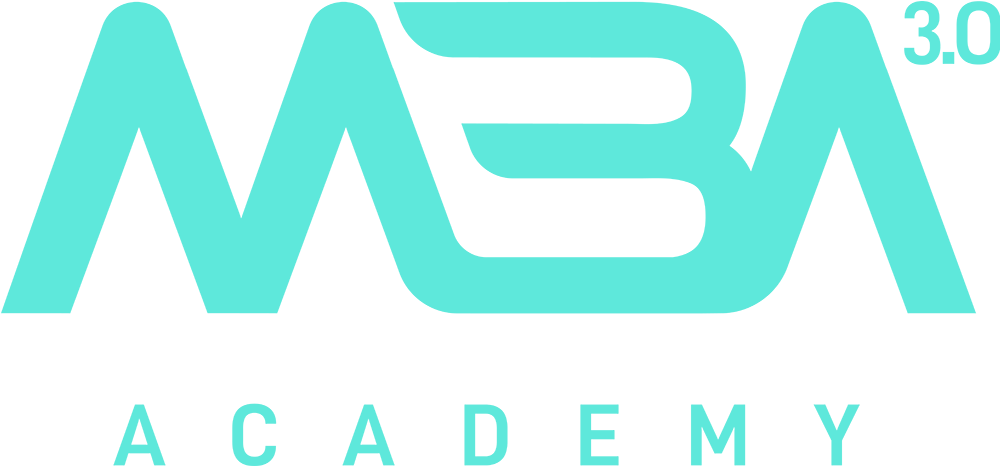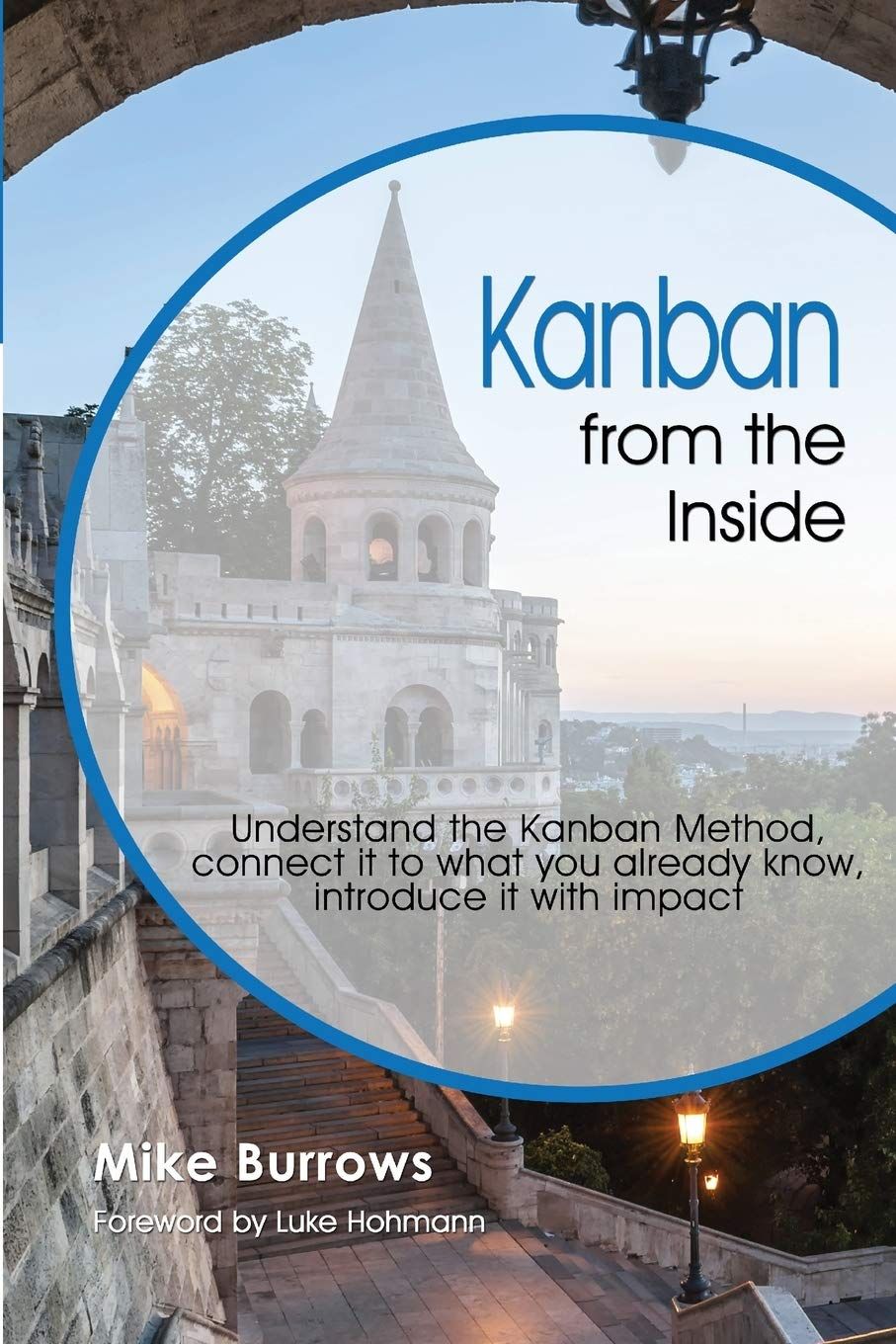Kanban System Design (KSD)
Experience flow, study The Kanban Method, understand your system, and design an appropriate Kanban system to improve visibility, communication, and collaboration to meet your team's needs.
Write your awesome label here.
Join a public class:
Experience Kanban
The simulation is a core element of this course so we built our own implementation! This creates a tailored Kanban experience, just for you:
| MBA 3.0 Simulator |
Others | |
| License-free access | ||
| No code, scripts, or installs | ||
| Automated Key Metrics charts | ||
| Access sim outside/after class | ||
| Make your own copy | ||
| Share with others after class |
Write your awesome label here.
Learning Objectives
- Understand the basics, motivation, and benefits of The Kanban Method.
- Experience flow in a custom-built simulation of a Kanban system.
- Learn how to run the Kanban meetings to focus on the work and allow the team to organize around it.
- Build and design a Kanban system using the STATIK approach.
- Become faster and more responsive, with better risk management and governance.
- Understand “Pull” systems and how they help reduce overburdening.
- Learn how to utilize key metrics such as Lead Time, Run Charts, and Cumulative Flow Diagrams to make continuous improvements.
From the Kanban Guide
STATIK stands for Systems Thinking Approach To Introducing Kanban. In this course we drill down into the six key activities using a reference case study:
1
Identify sources of dissatisfaction
What are the people involved in service delivery dissatisfied with? What are customers dissatisfied with? All these sources of dissatisfaction provide motivation for change which is key for a successful Kanban initiative.
2
Analyze
demand
What do customers request, through which channels? What are types of work and patterns in demand? This information is key to develop the full picture of the work that arrives at the system. Remember, manage the work not workers!
3
Analyze
system capabilities
What are the capabilities of the system with regard to how much of the customer demand is being delivered, of what type, and how fast and predictable? This step typically requires historical data.
4
Model
the workflow
Which are the activities that each of the identified work item types go through? They might be sequential, parallel, or in no particular order. Later, these will be the basis for defining the columns on the Kanban board.
5
Identify
classes of service
How do items enter and get treated in the system? See the Classes of Services definition.
6
Design the
Kanban system
Based on all the insights gained in the prior steps, the Kanban system is then designed. A Kanban system naturally consists of a board and tickets, plus other important elements such as metrics, cadences, and policies.
Is Kanban System Design the Right Course For Me?
If you will be directly involved in designing and managing a Kanban system, then you will certainly want to take the Kanban System Design course. You may still want to take the Team Kanban Practitioner course first if you feel that you are very new to Kanban and to Kanban concepts.
If you currently work with teams that have “plateaued” and aren’t improving, this course will help you to design visualizations that show where improvement opportunities exist.
Kanban System Design (KSD) is part 1 of a 2-part credential certificate program. The Kanban Managment Professional (KMP) Credential also requires completion of the Kanban Systems Improvement (KSI) course.
If you currently work with teams that have “plateaued” and aren’t improving, this course will help you to design visualizations that show where improvement opportunities exist.
Kanban System Design (KSD) is part 1 of a 2-part credential certificate program. The Kanban Managment Professional (KMP) Credential also requires completion of the Kanban Systems Improvement (KSI) course.
Basic Learning Paths
Kanban University Certified Training
-
Pre-Requisites
While there are no pre-requisites, attendees will benefit from reading either:- “Kanban” by David J Anderson, or
- “Kanban from the Inside” by Mike Burrows.
If you took Team Kanban Practitioner, you got David's book included in your Kanban+ trial, and a discount for Mike's book - if not... get your copy here!



